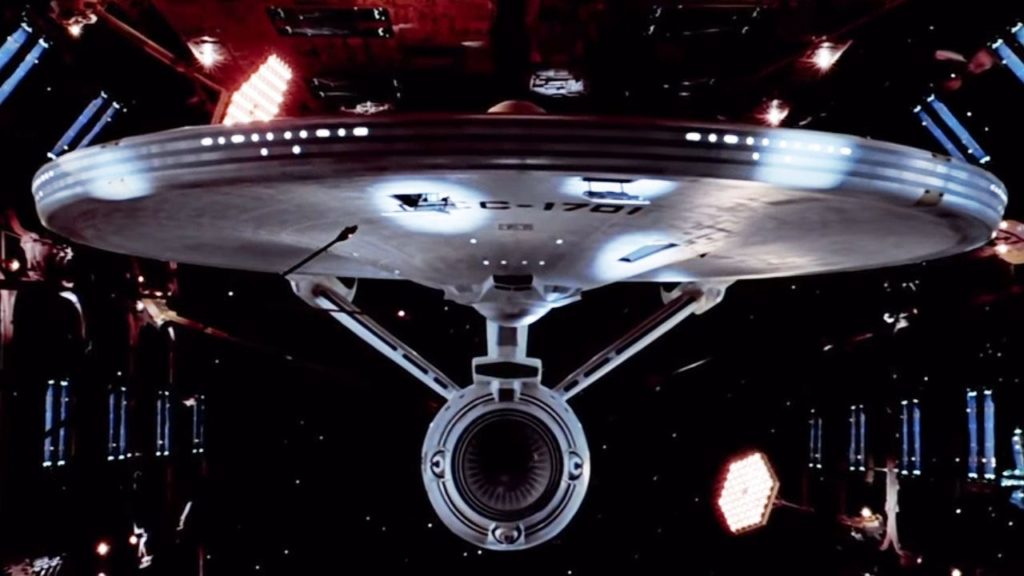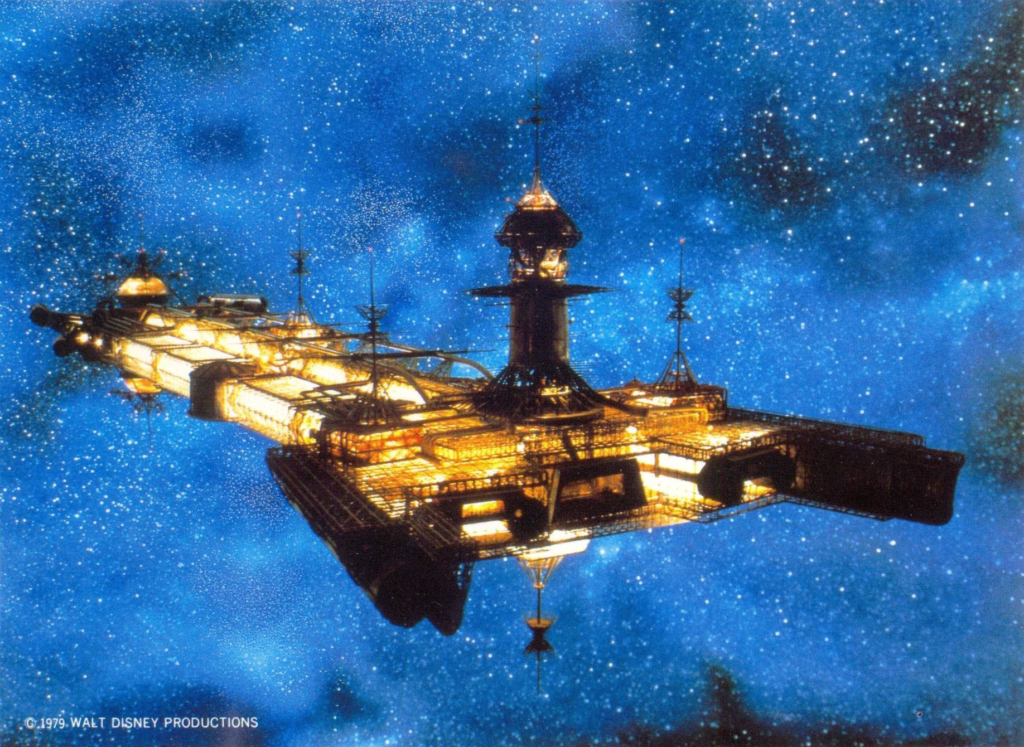I recently watched the original Star Wars trilogy again and while I’ve seen all three movies multiple times before, I’ve never watched them back-to-back. How do they hold up to the grumpy, world-weary version of me in 2024 vs. the kid who marvelled to Star Wars in 1977? Let’s find out!
NOTE: I watched on Disney+, so these are the special editions. I’ll have more on that aspect of the movies in each review.
First, here’s how I rank the movies, in order and on a scale of 1 to 5 Ewoks shouting “Yub yub!”:
- The Empire Strikes Back (4.5 Ewoks)
- A New Hope (4 Ewoks)
- Return of the Jedi (3.75 Ewoks)
And in chronological order:
Episode IV: A New Hope (1977)
This is a bit of a weird movie, because it feels like Lucas was still deciding how the characters should behave, so Luke starts out super whiny, then seems to settle down. Leia has a British accent that slowly goes away, maybe after Lucas decided all the bad guys should be British. Also, the light saber duel between Kenobi and Vader (spoiler!) is stiff and perfunctory. A light saber duel should never be perfunctory. This is corrected in all other Star Warts movies.
Still, there’s so much to like here. John Williams’ score, right from the opening fanfare, lifts so much of the movie beyond what Lucas shot. There’s a moment where Luke walks out to watch the twin suns of Tatooine setting. He stands with a hand propped on one knee, a gentle breeze riffling his hair, the glow of the suns washing over his face and the score swells, then fades, perfectly capturing Luke contemplating his life and if there’s anything more for him (hint: there is).

The lived-in look of everything here–the homes, bars, the ships, grounds the more fantastic elements. And those fantastic elements are at turns creepy (sand people), delightful (the jawas) and just weird (the cantina scene). There’s humour, derring-do, plenty of action and the good guys win. Really, what more could you want?
I am raising my own hand here. I know, I know! What you could want is a remastered version of the original print, because almost everything Lucas added or changed for the special edition is unnecessary or actively terrible. The worst list:
- Greedo shooting first. The fact they that have tweaked this multiple times since shows how dumb a change it was.
- Adding back the Jabba the Hutt scene with a crappy-looking CGI Jabba. Because the scene was cut, some of its dialogue was moved to the scene between Han and Greedo. So you end up with literal dialogue duplication. So bad.
- Every bit of business added in the Mos Eisley street scenes, most of which seem to be designed to delight five-year-olds and annoy anyone else.
Adding the scene between Biggs and Luke was a nice touch, but I’d still have nixed it if it meant getting rid of all the other junk Lucas put in.
Overall, though, this is a terrific popcorn movie, elevated by effects that hold up surprisingly well, a rousing score and an appealing cast.
Episode V: The Empire Strikes Back (1980)
This is a better film than Star Wars for a couple of reasons:
- The script is smarter.
- The actors are more comfortable in their roles.
- The story is pretty good–being the middle part, there’s lots of drama as the rebels get pushed back by the Empire.
- The effects and action scenes are well-executed and mostly still hold up.
- Taun tauns!
- Imperial walkers are cool. Don’t think about them logically. They are COOL.
- Irvin Kershner is a better director than Lucas.
- The light saber duel between Luke and Vader (spoilers!) is great and far more dynamic than the “wave sticks around while standing still” battle in the first movie.
Also notable is the special edition of Empire only tweaks a few things, the most notable being an additional shot of the snow beast eating before it decides to go chow down on Luke, suspended upside-down in its ice lair. I can see the argument that showing more of the monster lessens its menace and agree, but overall I am neutral to the addition. Kershner died in 2010 at the age of 87, so unlike Richard Marquand (director of Return of the Jedi), he was still very much alive when the special editions came out. I suspect Lucas used a lighter touch in deference to him.
While the nature of Empire is such that you can’t really recommend it for “if you’re only going to watch just one Star Wars movie”, it is definitely a great choice if you get the urge to revisit any of the original trilogy.
Return of the Jedi (1983)
Luke’s hair is shorter and neater, as befits a Jedi.
This is often placed third in rankings of the original trilogy and it’s easy to see why. But it’s still a good movie!
First, let me say this up front: The Ewoks are fine. Yes, they are cute, but they’re also weird, with their creepy big eyes and desire to eat our heroes when they first meet them. And yes, it’s hokey that they use literal sticks and stones against Imperial troops, but watch the battle scenes, and it’s made clear that a lot of their tactics are ineffective, while some work really well. They’re fine.
In retrospect, it’s a bit odd, perhaps, that they devoted the first act entirely to the rescue of Han Solo. It’s kind of a prologue for the rest of the movie. I don’t think this is a bad thing, as it gives the writers a chance to show off the characters in a different kind of action–all stealthy and sneaky. It’s also the kind of thing none of the new movies would have ever done. Characters over action? Never!
And while the third act is largely devoted to a retread of the original–take out the Death Star–it makes sense that the Empire would build another one, this time with better defenses. So I’m good with that. And having it be a) under construction makes for neat scenes inside its superstructure and b) allows for the surprise twist of “Oh yeah, we totes have the cannon ready to go, rebels!”
The speeder bike scenes on Endor remain highly entertaining.
The scenes between Vader, the Emperor and Luke are great. The duels between Vader and Luke (spoiler!) nicely demonstrate the growth of Luke into a full Jedi.
My biggest nitpick, apart from the special edition changes (see below), is that Han Solo’s character is just…off. Ford gives a weird, hammy performance, and I’m not sure if it’s him, the director, the script (which is not as sharp as Empire’s) or some combination of the three. He’s not terrible, but he was far better in Empire. A strange regression.
Overall, it’s a fun and satisfying conclusion to the trilogy. The good guys win. Again!
But those special edition changes…
The reworked number in Jabba’s palace is terrible. The song is worse, the new character is a stupid-looking Muppet-like1I’m not dissing on Muppets. I love Muppets, but this one literally looked like it belonged on The Muppet Show, not in a Star Wars movie. thing that looks totally out of place and mugs, bafflingly, to the camera. Absolute garbage. Again, it seems like Lucas was aiming this directly at pre-school children for some reason.
Having Vader shout “No!” (twice!) while watching the Emperor zap Luke actually takes away from the moment, making it ham-fisted in typical Lucas style. We can see what’s happening. Vader literally turns his head back and forth between Luke and the Emperor before deciding to toss Ol’ Wrinkly Face down the tube. It doesn’t need to be further telegraphed. Unless you’re George Lucas.
The infamous “Yub yub” Ewok number at the end is also changed to something more prim and proper, and scenes of people celebrating on Naboo, Coruscant and Bespin are added (if you haven’t seen the prequel trilogy, these shots will be somewhat baffling as Naboo and Coruscant are not seen or mentioned in the original trilogy). Also, the old song had a choir that reached a crescendo just as the camera focuses on the gang posing for a group photo, leading directly into the credits, and it just kind of gives you goose bumps. The new song doesn’t really do this.
Lucas’ meddling can’t ruin the film, though, so it remains a somewhat flawed but still satisfying conclusion to the original saga.



